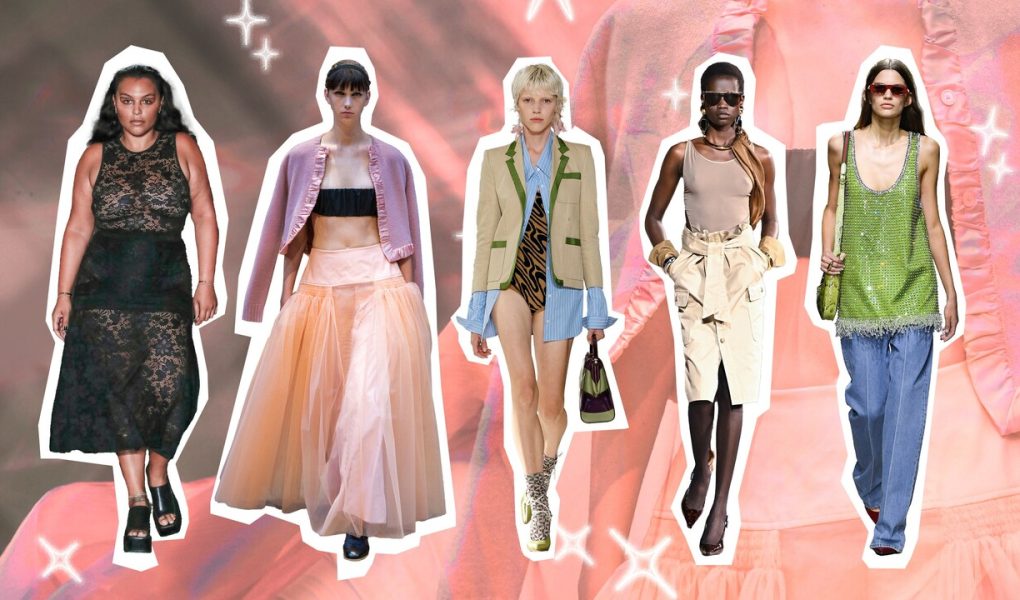lotusyouthcouncil.com – Color plays a pivotal role in the world of fashion, influencing trends, consumer preferences, and even the psychological impact of clothing. From the runways of Paris to the streets of New York, color is a powerful tool that designers and brands use to captivate audiences and express cultural and artistic statements. This article explores the multifaceted influence of color on fashion trends and consumer preferences.
The Psychological Impact of Color in Fashion
Color Psychology: Emotions and Perceptions
Color psychology is a critical aspect of fashion, as colors can evoke specific emotions and perceptions. For example, red is often associated with passion and energy, while blue is seen as calming and trustworthy. Designers use these psychological associations to create desired moods and narratives within their collections.
Cultural Significance of Colors
Colors also carry cultural significance, which can vary widely across different societies. What is considered a symbol of mourning in one culture might be a color of celebration in another. Fashion designers often draw inspiration from these cultural meanings to create collections that resonate with global audiences.
The Role of Color in Fashion Trends
Color Trends: From Season to Season
Fashion is inherently cyclical, with color trends evolving from season to season. The Pantone Color Institute, among others, plays a significant role in predicting and setting these trends. Each year, they announce a Color of the Year, which influences everything from clothing to accessories to beauty products.
Influence of Social and Political Climate
The social and political climate also influences color trends in fashion. For instance, during times of economic downturn, there is often a shift towards more subdued and neutral colors. In contrast, periods of social upheaval and change can inspire bolder, more vibrant palettes.
Consumer Preferences and Color in Fashion
Personal Expression Through Color
Consumers use color as a form of personal expression, choosing garments that reflect their mood, personality, and values. This has led to a demand for a wider range of colors and more personalized fashion choices.
The Impact of Digital Media
The rise of digital media and social networking platforms has significantly impacted consumer preferences regarding color in fashion. Influencers and celebrities can quickly popularize certain colors, leading to a surge in demand. Additionally, the ability to easily share and view images online has made color coordination and experimentation more accessible to the average consumer.
The Influence of Sustainability on Color Choices
Eco-Friendly Dyes and Materials
As sustainability becomes a more pressing concern in the fashion industry, there is a growing interest in eco-friendly dyes and materials. Brands are exploring natural dyes and sustainable production methods to reduce the environmental impact of color in fashion.
The Rise of Neutral and Earth Tones
In line with the sustainability trend, there has been a rise in the popularity of neutral and earth tones. These colors are not only versatile and timeless but also align with the growing desire for a more natural and minimalist aesthetic.
Conclusion
Color is an essential element of fashion, influencing trends, consumer preferences, and the psychological impact of clothing. From the psychological associations of different hues to the cultural significance of colors, the role of color in fashion is both complex and powerful. As the industry continues to evolve, the influence of color will remain a key driver of innovation and expression in the world of fashion.

